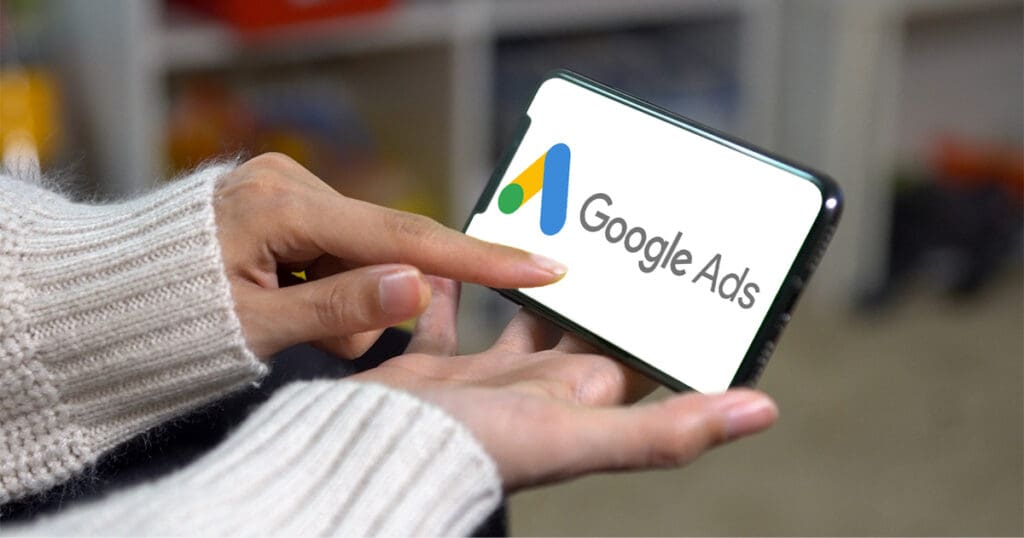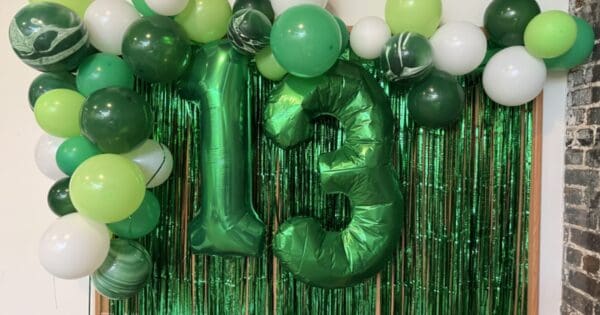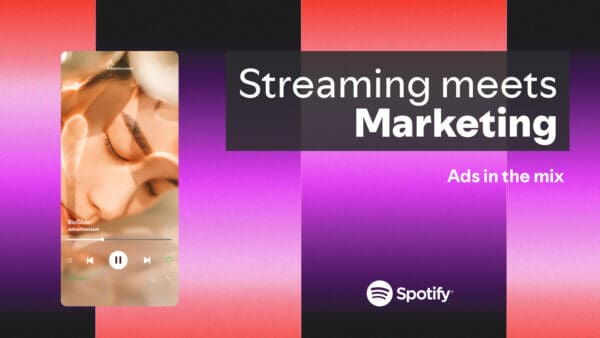Automation is the word that best sums up what’s happening across the digital advertising landscape. With AI on the rise and being baked into nearly everything, it’s no surprise that Google Ads has been leaning into automation—especially in Responsive Search Ads (RSAs), where it suggests headlines and descriptions.
Google’s AI-powered creative suggestions appear when you build RSAs or Performance Max campaigns, recommending headlines, descriptions, callouts, and even images and videos based on your landing page, assets, and previous ads.
Why Strategists Still Need to Be Involved
While these AI-generated suggestions can offer a fresh perspective—especially when we as strategists are deep in accounts or simply overwhelmed—it’s still essential to make these creative decisions intentionally.
They can be very useful when your ad strength is low, and you want to strengthen it with headlines that Google already “likes,” or for generating ideas that incorporate keywords you may not have thought of. It’s nice to know Google has ideas ready to go, but that doesn’t mean they’re always the right ones.
Embracing Google’s creative input is helpful, but a strategist must know when to override it with human judgment.
When to Say No to Google’s Suggestions
So… why decline an AI-powered suggestion?
Google’s recommendations are often too vague and generic, which doesn’t work for the kind of customized, on-brand messaging we aim to deliver for clients. Headlines like “Trusted Experts” or “Learn More Today” don’t differentiate your client from anyone else and worse, they don’t reflect the brand’s unique voice.
It’s even riskier when you’re working in a sensitive or regulated industry, like law, where using a headline like “Best Lawyers in Town” can be legally questionable or non-compliant.
Which leads us to the core issue: AI doesn’t understand brand tone, nuance, or personality. As digital ad strategists, we can’t just copy-paste what’s offered without a critical eye. Google’s AI should be treated as a brainstorming partner at the very least— not the decision-maker or strategist for your accounts.
Google has account-level automated asset settings that, in my opinion, should be turned off by default.
These settings allow Google to automatically add assets like sitelinks, callouts, headlines, images, business logos, and business names to your ads—without your explicit approval. That can be a huge problem when it comes to maintaining quality and meeting your client’s or company’s expectations for how their brand is represented in ads.
If you’re running paid campaigns for a brand that values consistency and control, you can’t afford to let automation fill in the blanks. The quality of these auto-generated assets can vary significantly and might not align with your brand tone, legal guidelines, or campaign strategy.
That’s why I recommend turning these off, as shown in the screenshot below:
 Which can be done by going to assets, clicking on the three dots to get to the Account-level automated assets, then clicking on the three dots again to get to the advanced controls.
Which can be done by going to assets, clicking on the three dots to get to the Account-level automated assets, then clicking on the three dots again to get to the advanced controls.
Questions to Ask Before Accepting an AI Suggestion
Before accepting a creative suggestion from Google, I ask myself:
- Do the headlines address user intent?
- Do they match my keyword themes and the landing page?
- Does the tone align with the brand’s personality?
At the end of the day, while we can appreciate how AI has evolved over time, let’s not let it replace you in the driver’s seat for running your campaigns. Your insights and knowledge are invaluable and that human touch still matters more than ever.
Contact Online Optimism to work with optimists who know how to drive results in the ever-changing landscape of digital advertising.




